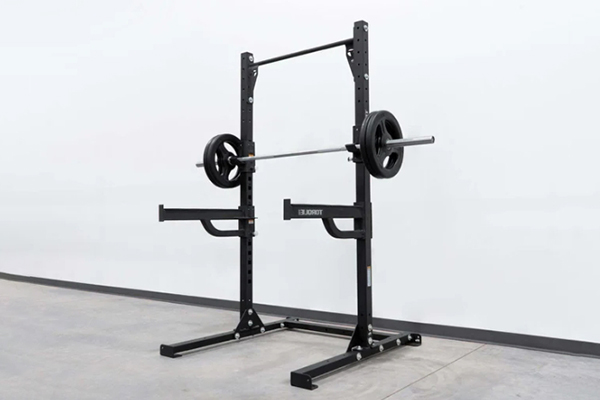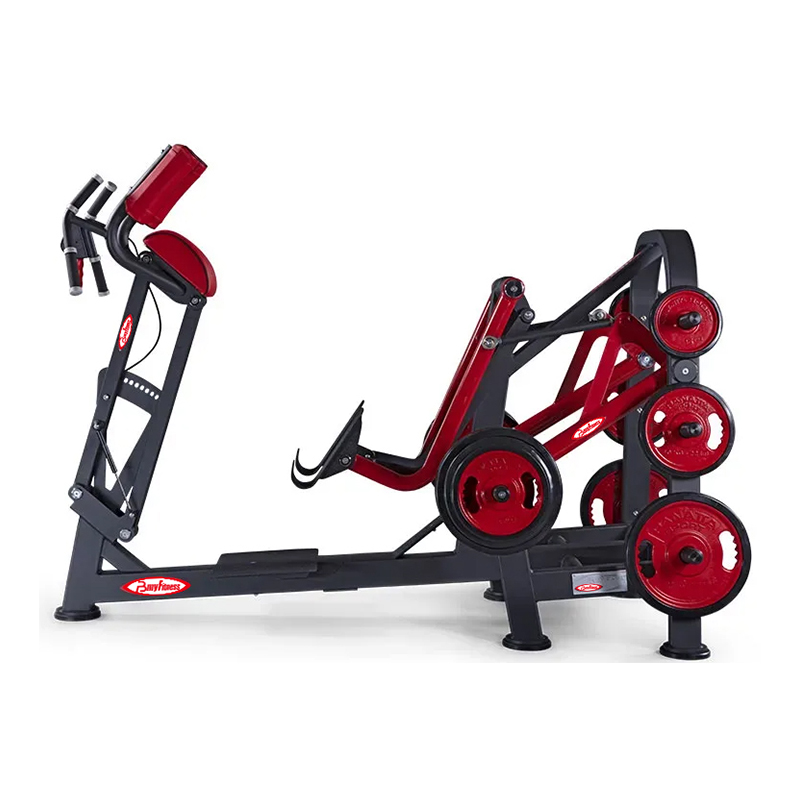Building muscle effectively requires consistent effort, proper nutrition, and the right equipment. Whether you’re training at home or in a gym, having access to the best muscle-building equipment can dramatically improve your results. But with so many options available, it’s easy to get overwhelmed. So, what is the best equipment for building muscle?
The truth is, there isn’t a single piece of equipment that does it all. Instead, the best setup combines various tools that target different muscle groups and support progressive overload—a key principle in muscle growth. Let’s explore the most effective types of equipment for building muscle and why they work.
1. Free Weights (Dumbbells and Barbells)
Free weights are often considered the gold standard for building muscle. They allow for a full range of motion and activate stabilizing muscles, which leads to more balanced development.
-
Dumbbells are versatile and perfect for unilateral exercises, like bicep curls, chest flies, and lunges. They help correct muscle imbalances.
-
Barbells enable you to lift heavier weights, which is essential for compound lifts like squats, deadlifts, and bench presses. These exercises target multiple muscle groups and promote fast growth.
Why they’re best: Free weights encourage natural movement patterns and offer endless variations, making them ideal for both beginners and advanced lifters.

2. Resistance Machines
Resistance machines are excellent for isolating specific muscles and providing controlled movement, especially for beginners or those recovering from injury.
Common machines include:
-
Leg press
-
Chest press
-
Lat pulldown
-
Leg curl/extension
These machines help you train safely and maintain proper form, especially when lifting heavy.
Why they’re useful: They reduce the risk of injury and allow for focused muscle targeting, which can complement a free weight routine.
3. Adjustable Bench
An adjustable workout bench adds flexibility to your training. You can use it for various upper body exercises, such as incline bench presses, seated curls, or triceps extensions.
Why it’s valuable: A sturdy, adjustable bench makes it easier to perform many different movements safely and effectively, helping you target muscles from multiple angles.
4. Pull-Up Bar
Pull-ups and chin-ups are among the most effective upper body exercises for building muscle in your back, shoulders, and arms. A pull-up bar, whether mounted in a doorway or part of a power rack, is a low-cost but high-impact piece of equipment.
Why it’s effective: Pull-ups challenge your body using your own weight and develop functional strength, making them a must-have for muscle development.

5. Cable Machine or Resistance Bands
Cable machines offer constant tension throughout the movement, which is beneficial for muscle growth. They’re great for exercises like triceps pushdowns, cable crossovers, and rows.
Alternatively, resistance bands offer similar benefits and are perfect for home gyms. They can simulate many cable machine exercises and are portable and affordable.
Why they help: They maintain tension through the entire range of motion, activating muscles more efficiently.
6. Power Rack or Squat Rack
A power rack is essential for serious lifters. It allows you to safely perform compound lifts like squats, bench presses, and overhead presses. Most racks also include a pull-up bar and safety catches.
Why it’s a game-changer: It makes heavy lifting safer and opens the door to a wide variety of effective compound exercises.
7. Weight Plates and Kettlebells
Weight plates are necessary for barbell training, while kettlebells offer dynamic, full-body workouts that improve strength and coordination.
Why they add value: Plates allow for progressive overload, and kettlebells introduce variety and conditioning elements to your routine.
Conclusion
The best equipment for building muscle includes a combination of free weights, machines, bodyweight tools, and accessories that allow you to train with intensity and variety. For most people, a setup that includes dumbbells, a barbell, a bench, and a squat rack will cover the basics. As you progress, adding cable resistance, pull-up bars, and machines can help target specific muscles and reduce plateaus.
Ultimately, the best equipment is the one you’ll use consistently. Focus on progressive overload, train all major muscle groups, and choose tools that match your fitness level and training space.
Post time: 05-08-2025



